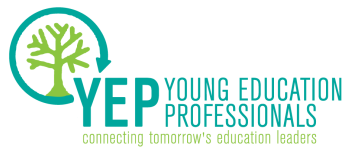I now see how my academic mapping was informed by my non-ideal behavior, causing my schooling prescription to be written thusly: “Promising student, but a handful; segregate from the high-performers.”
Recently, CJ Libassi made the case for tracking students according to academic performance. CJ was swayed by recent studies in Kenya and Massachusetts showing that tracking was not only beneficial for students, but also for teachers, enhancing curriculum focus and pedagogical ease that comes with a more homogenous group of learners.
But I say it’s time for a new perspective on student tracking.
In the past two decades, explicit ability-grouping, or tracking, has fallen into disfavor, only to have it manifest in different, novel modalities. Differentiated learning, where students are often organized into sub-groups within a classroom, is a good example of this. More blatantly, magnet schools or high-performing charter schools are hidden-in-plain-view manifestations of tracking, where the delineation of academic performance is not drawn within a school, but around its perimeter. The takeaway is this: Tracking’s resiliency as a pedagogical tool speaks volumes to its utility in schooling.
With that said, I see three pernicious issues that surround tracking as it has been conceived in American schools:
- Tracking, overt or covert, is conducted too early (in elementary school), precluding interaction with heterogeneous learners at an age where this is most beneficial.
- It does not involve parents or students to the degree it should, in part because of the stigmatism associated with a student falling into the “low” track. Administrators, cornered by their own system, are inclined to duck the responsibility to engage on this matter with parents.
- The majority of tracking systems are squarely oriented toward academics rather than career pathways, like Finland, Norway, or Germany, which hamstrings students who don’t fit into this framework.
A sophisticated tracking system, beginning in the middle grades, should embrace streams of available student data, place emphasis on professional pathways, and engage students and parents in the process. California’s Linked Learning Initiative, where schools supplement rigorous academics with technical training and work-based learning, is a great example of rethinking tracking and rolling it out in practice.
If tracking is left to its own devices, it will continue to take on more chameleonic forms and remain suspended in an inchoate discourse that neglects the downfalls of the current practice and the latent opportunities of reconceived tracking as a pedagogical tool. If schools can begin to think innovatively about sophisticated, scalable tracking systems, students in general — and surely those of my ilk — would receive a more tailored education that properly considers a wider range of developmental metrics, resulting in a better quality education and preparedness for the future.
Jeremy Meredith, guest blogger, is a data and policy analyst with the District of Columbia Public Schools. He can reached at jermeredith(at)gmail(dot)com or on Twitter (at)jermeredith.

 RSS Feed
RSS Feed